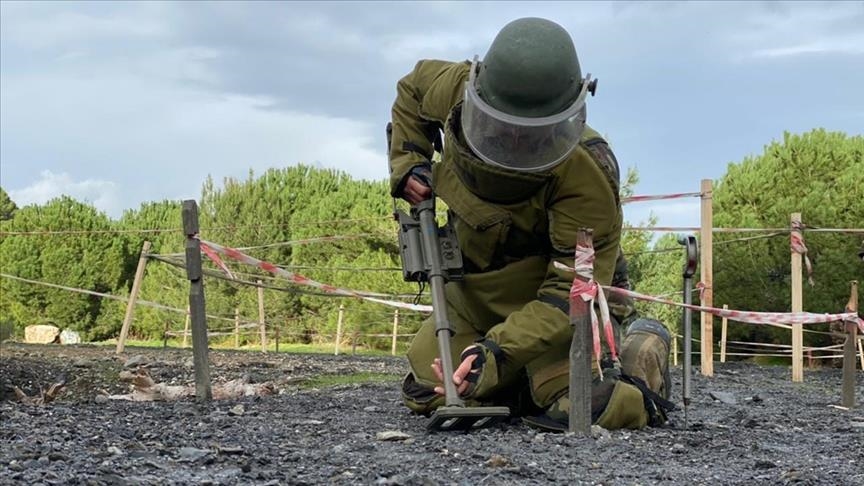Mine action is a vital humanitarian effort aimed at mitigating the risks posed by landmines, unexploded ordnance (UXO), and other explosive remnants of war (ERW). These deadly hazards continue to threaten civilians, impede economic development, and hinder post-conflict recovery. Mine Clearance encompasses a range of activities, including demining, risk education, victim assistance, advocacy, and stockpile destruction. The collective goal is to create safer communities and foster long-term peace and development.
The Five Pillars of Mine Action
Mine action is structured around five key pillars:
- Humanitarian Demining
- This includes the detection, removal, and destruction of landmines and ERW to clear contaminated areas and restore land for safe use. Demining teams employ advanced technologies such as metal detectors, ground-penetrating radar, and trained detection animals.
- Risk Education
- Public awareness campaigns educate at-risk communities, especially children, about the dangers of mines and how to recognize and avoid them. These initiatives play a crucial role in preventing injuries and fatalities.
- Victim Assistance
- Providing medical care, rehabilitation, psychological support, and socioeconomic reintegration for landmine survivors. Many survivors require prosthetic limbs, mobility aids, and vocational training to regain independence and dignity.
- Advocacy
- Efforts to promote global treaties and policies, such as the Mine Ban Treaty (Ottawa Treaty) and the Convention on Cluster Munitions, aim to eliminate the use and production of landmines and protect affected communities.
- Stockpile Destruction
- Many nations have stockpiles of landmines that pose a future threat. Safe disposal of these mines prevents their deployment and reduces the risk of accidental explosions.
Challenges in Mine Action
Despite significant progress, several challenges persist:
- Funding Shortfalls: Mine action programs often rely on international funding, which can be unpredictable and insufficient.
- Difficult Terrain: Many contaminated areas are in remote or hostile regions, making demining operations complex and dangerous.
- Technological Barriers: While advancements in demining technology exist, affordability and accessibility remain concerns for some affected countries.
- Continued Use of Mines: Some conflict zones still witness the deployment of new landmines, reversing progress and increasing risks to civilians.
Success Stories
Several countries have made remarkable strides in mine clearance. Nations like Mozambique, Albania, and Nepal have declared themselves mine-free, demonstrating that sustained efforts yield tangible results. Organizations like the United Nations Mine Action Service (UNMAS), the HALO Trust, and Mines Advisory Group (MAG) continue to lead efforts in heavily contaminated regions such as Afghanistan, Cambodia, and Colombia.
